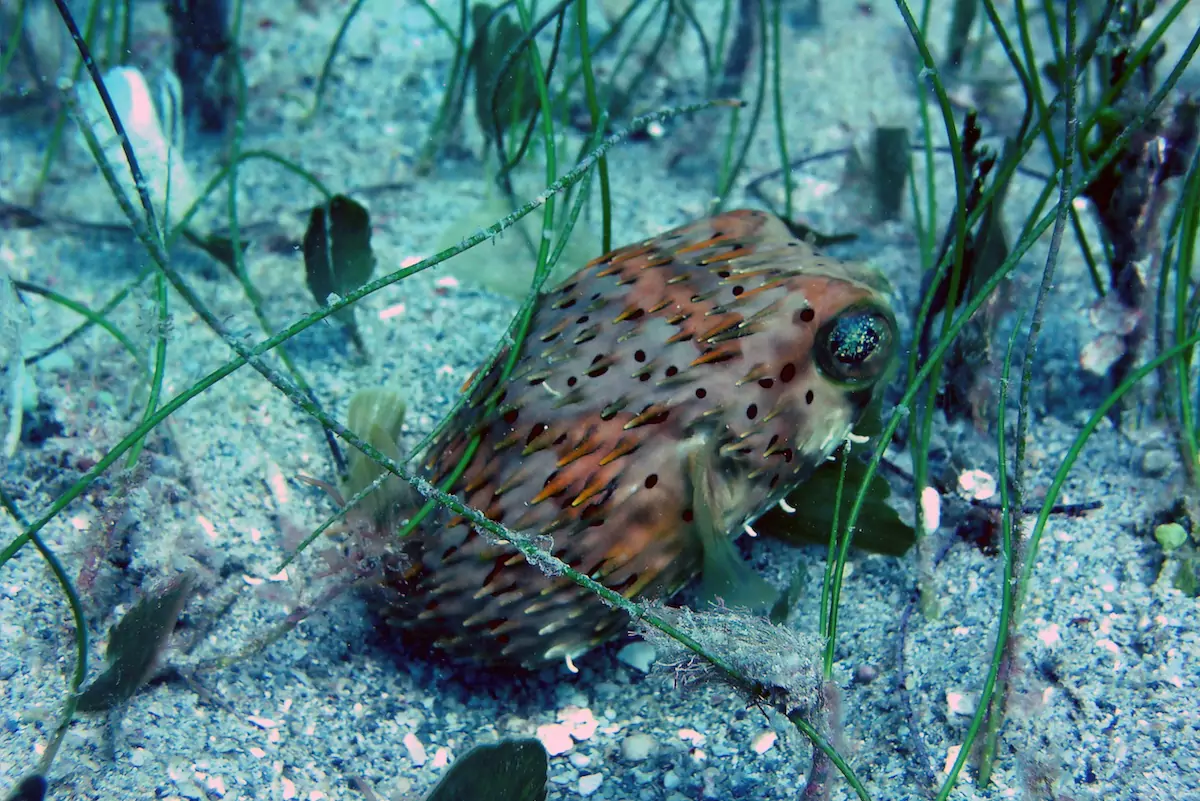Marine heatwaves on the seafloor could become more than 50% more frequent than those at the ocean’s surface by the end of the century, according to a new study led by scientists at Plymouth Marine Laboratory. The findings raise urgent concerns for seafloor species with little ability to escape extreme temperatures, threatening biodiversity, fisheries and even the offshore wind sector across northwestern Europe.
Marine heatwaves are periods when sea temperatures remain unusually high for at least five days, typically above the 90th percentile of historical records for that time of year. While the devastating impacts of surface heatwaves on seaweed, corals, seabirds, crustaceans and fish are well documented, much less is known about conditions on the seafloor. The new study, however, suggests that climate change could push temperatures in these deeper habitats to extreme levels with far-reaching consequences.
Spotlight on the northwestern European shelf
The research focused on the northwestern European shelf, one of the world’s most productive and heavily fished marine regions. Spanning the North Sea, English Channel, Celtic and Irish Seas, the Bay of Biscay and parts of the Norwegian Sea, the area is also home to Europe’s fastest-growing offshore wind industry. With both ecological and economic importance at stake, scientists warn that more frequent and intense seafloor heatwaves could severely disrupt ecosystems and the human industries that depend on them.
Species at risk
Unlike pelagic species that can move across vast areas of open water, bottom-dwelling organisms such as shellfish, crustaceans and seafloor fish have limited mobility. This makes them especially vulnerable to sudden and sustained temperature rises. The study warns that by the close of this century, large portions of the year — even winter months such as February — could be classified as marine heatwave conditions on the seabed, placing immense pressure on species already stressed by human activity and climate change.
Cutting-edge modelling
Using advanced regional climate models, scientists from Plymouth Marine Laboratory and the National Oceanography Centre demonstrated that seafloor ecosystems face an even greater rise in heatwaves than those at the surface. The collaborative team included Dr Robert J. Wilson, Dr Yuri Artioli, Prof. Ana M. Queirós, Dr Giovanni Galli, Dr James Harle, Prof. Jason Holt and Dr Sarah Wakelin. Their high-resolution modelling offers a more detailed projection than global-scale studies, providing valuable insights for future marine planning, fisheries management and conservation strategies.
A call for a 3D view of the ocean
Dr Robert Wilson, the study’s lead author, said: “Until now, we have largely predicted future marine heatwave rates based on what will happen on the sea surface. We have shown that this can be highly misleading for critical European seafloor ecosystems, where climate change will cause more frequent extreme temperatures than at the sea surface. It is therefore critical that marine heatwave monitoring and assessment move beyond the surface and shift to a 3D view of the ocean.”
Stay updated with Monaco Life: sign up for our free newsletter, catch our podcast on Spotify, and follow us across Facebook, Instagram, LinkedIn, and Tik Tok.
Photo credit: NOAA, Unsplash
